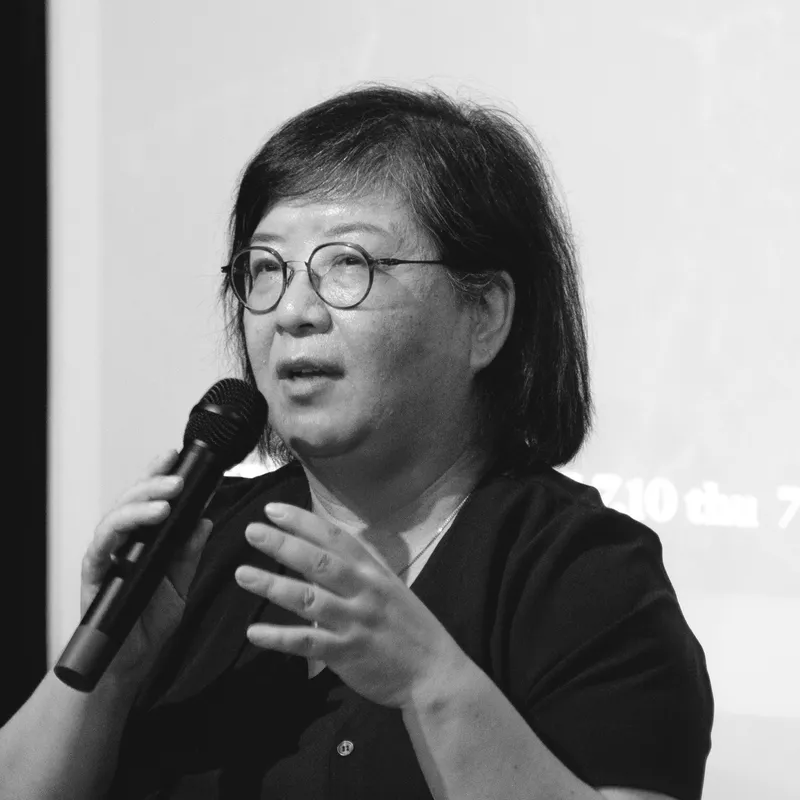
서울시는 2000년대 한옥 정책에서 출발해, 2015년 국가 법 제정을 계기로 범위를 '건축자산'으로 넓혔습니다. 이제 한옥은 전통 건축을 넘어 서울이 가진 도시 정체성을 보여주는 자산으로 자리 잡고 있습니다.
한옥은 더 이상 과거의 집이 아닙니다. 젊은 세대에게는 '힙한 공간', '트렌디한 장소'로 인식되며, 전통과 현대가 함께 어우러진 서울의 독특한 풍경을 만들어갑니다.
서울시는 30년 이상 된 건축물을 대상으로 1,080여 건을 조사·기록했습니다. 이는 단순한 보존이 아니라, 도시의 기억을 발굴하고 미래 세대와 공유하기 위한 작업입니다.
우수건축자산은 ‘지정’이 아니라 ‘신청’과 ‘활용’을 전제로 합니다. 소유자가 지키겠다고 하면 보수 비용을 지원하고, 법적 규제도 완화해 건축물이 오래도록 살아남을 수 있게 합니다.
미래의 유산은 어딘가에 숨어 있는 보물이 아닙니다. 우리가 만들어가는 것입니다. 보존과 변용 사이에서 깊이 고민하고, 기록을 남기는 것. 그것이 곧 서울의 미래 유산입니다.
Seoul’s hanok policy began in the 2000s, and with the enactment of national legislation in 2015, its scope expanded to include ‘architectural assets.’ Today, hanok has come to represent more than just traditional architecture—it has become an asset that reflects Seoul’s urban identity.
Hanok is no longer just a house of the past. For the younger generation, it is seen as a ‘hip space’ and a ‘trendy place,’ creating a unique landscape in Seoul where tradition and modernity harmoniously coexist.
Seoul has surveyed and documented over 1,080 buildings that are more than 30 years old. This work goes beyond mere preservation; it is about uncovering the city’s memories and sharing them with future generations.
Outstanding architectural assets are recognized not through designation but based on application and active use. If the owner commits to preservation, they receive support for repair costs, and legal regulations are relaxed to ensure the building can endure for a long time.
Future heritage is not a treasure hidden somewhere. It is something we create. To deeply reflect between preservation and transformation, and to leave records behind—this is Seoul’s heritage of the future.